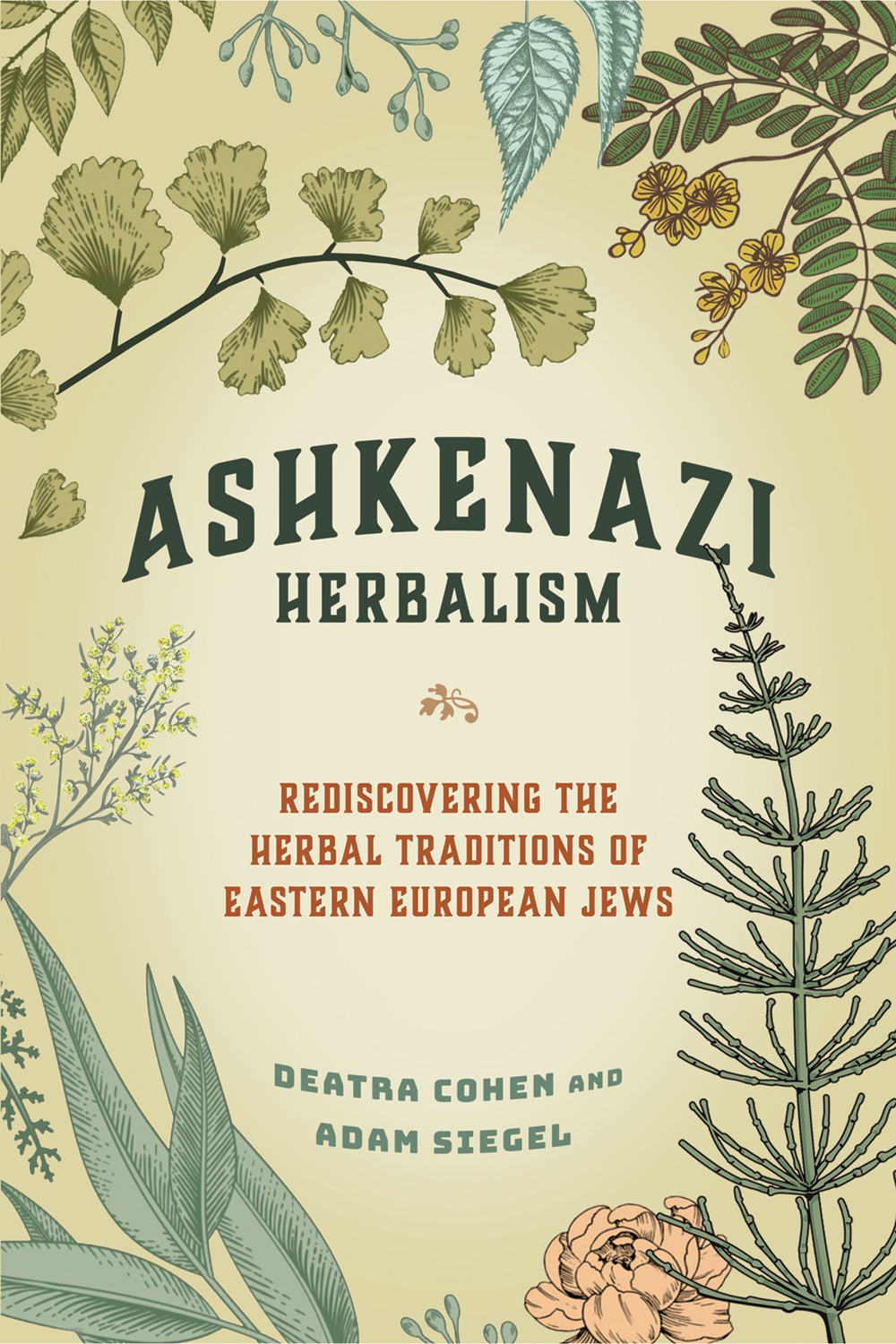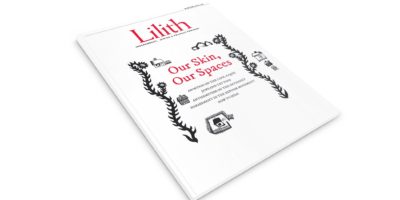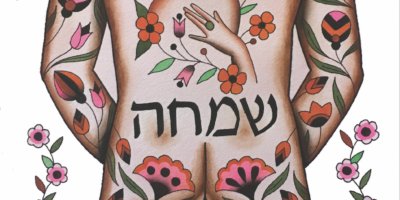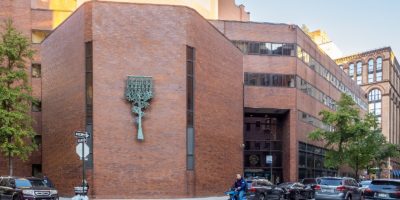
Finding Our Roots, Herbs, and Leaves
>Ashkenazi Herbalism by Deatra Cohen and Adam Siegel (North Atlantic Books, $24.95) is the first book on the medicinal practices rooted in Eastern European Jewry, arriving just in time to participate in the revived phenomenon of the “Jewitch”—see Lilith’s last issue and its coven-themed cover. Young Ashkenazi Jews hoping to find the more witchy aspects of their ethnicity can now happily browse this reference guide to their own folk medicine.
The book begins with a history on the practice of folk medicine in Eastern Europe and the Pale of Settlement. Here, Jewish medicine relied on a mixture of religion, remedy books, secular European medical literature, cultural traditions, common household goods, and whatever herbs grew around them. As usual, men dominate the recorded history of the art of healing (though we know not the healing itself)—and the written history of Ashkenazi herbalism does not escape this. Kabbalistic healers (or Ba’alei Shem) and early folk physicians (or feldshers) were men, and the Remedy Books (or Segulot ve-refu’ot) they worked with were mostly written by men as well.
Despite their near-invisibility, women were prominent within the world of herb- alism and healing. Midwifery is the obvious example. Midwives were revered by the children whom they helped into life. Women could also be herb vendors, syrupmakers, feldshers, wet nurses, lamenters and mourners, and opshprekherin (a practice similar to that of the Ba’alei Shem, who used “magic” rituals in addition to herbs). Unfortunately, when the Enlightenment brought about more mod- ern medicinal techniques, the men who practiced these shamed the women who practiced the more folk-based remedies. Yet these women continued to practice, and by the 1870s they were learning to become physicians themselves.
Most of the knowledge in this book is based on a research trip by a Russian-Jewish ethnographer, journalist, and playwright (whose pseudonym was An- Sky), between the world wars in an effort to document the disappearing Ashkenazi folk-healing tradition. That disappearance would be accelerated by the Shoah.
But some knowledge remains. Ashkenazi Herbalism details the use of various plants used by Ashkenazi herbal practitioners, known in other contexts as the Materia Medica. What’s beautiful about this book is that some of the herbs that were present in the Pale of Settlement immigrated with the Ashkenazi community to the United States. For instance, underfoot I will often see plantago major (or broadleaf plantains) that the book describes as a “perennial plant arising from a rosette of ribbed leaves.” Often, they are seen as weeds, but they are important to folk healers for their treatment of wounds and abscesses. If you ever get a small cut and find one on the ground, you can pick up one of its broad- leaves, chew it up, and put it on that cut to help the wound heal. In the Pale of Settlement, folk healers would do a similar version of the spit poultice, but with sour cream or grease.
Another one of these migrants can be found in meadows where our eyes linger on trifolium (or clovers) with their red or white edible flowers. Modern day use of the plant can be seen in cancer and menopause treatments, and as a poultice against athlete’s foot or other skin irritants. Folk healers in the Pale of Settlement saw the benefits of the red clover variant in the induction of menstruation, or in treating gynecological diseases, and stomachaches, whereas the white clover was used for colds and coughs. The book also details the uses of many other trifolium variants that appeared in the An-Sky records.
Reading through this book made me feel connected to a past that assimilation had encouraged me to abandon. I tend to look at the shtetl as a dangerous place; the question of why my ancestors stayed as long as they did rings through my head. This book made me imagine the life my ancestors may have lived, the joys that they experienced rather than the sorrows. I understand a bit better now what “home” once was.
TALIA R. BARNOY is from New York City, is a Classical and Near Eastern Archaeology Major at Bryn Mawr College, and you can find more of Talia on Twitter @teateemple.




